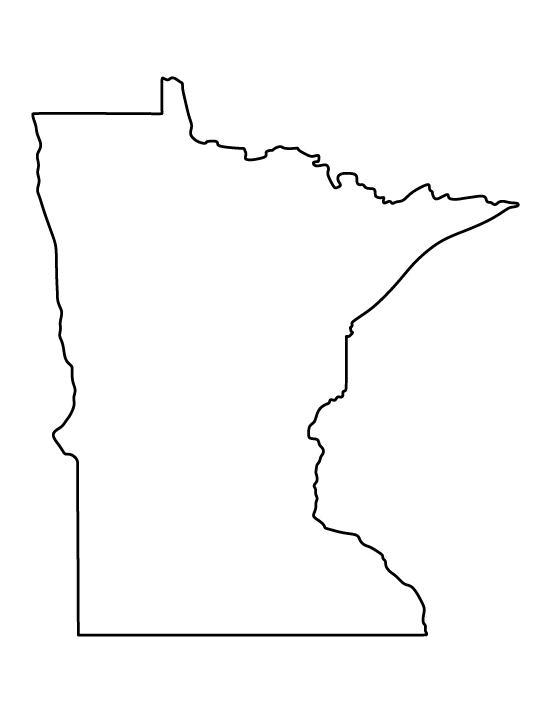Minnesota
Inventors Hall of Fame


Francis G. Okie
(1880 - 1975) His invention of waterproof sandpaper in 1921 contributed significantly to improved worker safety and health by ending the health hazards associated with dry sanding. Waterproof sandpaper also played a key role in the growth of the Minnesota Mining and Manufacturing Company (now the 3M Company). It started 3M on the road to broad product diversification, opened the door to international expansion, taught the company the importance of patent protection and provided funds to finance the future growth at a critical time in the firm’s history.
In 1919, after reading an article in the Saturday Evening Post reporting on the increasing number of men in the furniture and automobile finishing industries who were dying from either lead poisoning or silicosis, Okie began trying to develop a sandpaper which could be used with water and thus, provide a way to control the dust. Two major problems of smoothing painted or varnished surfaces might be eliminated - the problem of sandpaper loading or clogging, which greatly reduced the useful life of dry sandpaper, and the health hazards of dust in the workplace, a factor in the high labor turnover in dry-sanding departments of factories. There was also the likelihood that smoother surfaces could be achieved by wet abrading.
How did a printing-ink maker happen to search for a waterproof abrasive? "We made printing ink on the second floor of an old building," Okie said. "Our second-floor neighbor beveled glass for a living. He used a grinding wheel and there was considerable dust connected with the grinding. I often stopped to visit with him, and one day he mentioned something about wanting to get out of the glass-beveling business. I wondered why." "But as watched him working, I noticed the dust he had to breathe and realized that this probably had something to do with his wanting to sell, " said Okie. "After talking with him, I began to wonder why a person couldn’t make a waterproof abrasive, a sandpaper that could be used with water. This would eliminate dust from abrading."
Okie bought small packages of mineral, mixed it with adhesive, spread it by hand onto paper backing, and sprinkled garnet on it. He had his neighbor, the glass beveller, try it. He also tested it by sanding boards in his shop. When he couldn’t get mineral on the East Coast, he wrote to Minnesota Mining and Manufacturing (3M). 3M wanted to know why he wanted the mineral, investigated, and signed a contract with Okie to the waterproof binder for 3M. At first Okie stayed in Philadelphia, mixing the binder there and shipping it to St. Paul in 5-gallon buckets. Dozens of buckets of binder were needed for a single run of the new sandpaper. The following year Okie moved to St. Paul.
In May, 1921, the first sales were made to auto manufacturers eager to try out any product which might solve their painting and finishing problems. Before "WetorDry" sandpaper, attempts were made to control dust conditions with ventilators. In addition, workers often wrapped cheesecloth around their heads to shield the nose and mouth. Both these techniques were unsatisfactory for the unsanitary, and often dangerous, dust conditions caused by dry sanding operations. As the automotive industry grew, lead poisoning increased proportionately. When waterproof sandpaper was put on the market by 3M, it eliminated this dust hazard, bringing about an improvement in the working conditions in industrial plants all over the country.
Waterproof sandpaper was 3M’s first really unique and patentable product and played a key role in its leadership in abrasives technology. The revenues generated from sales of waterproof sandpaper helped finance the growth of other new products of the 1920's and 1930's, including masking tape, "Scotch" brand cellophane tape, roofing granules, and reflective sheeting.